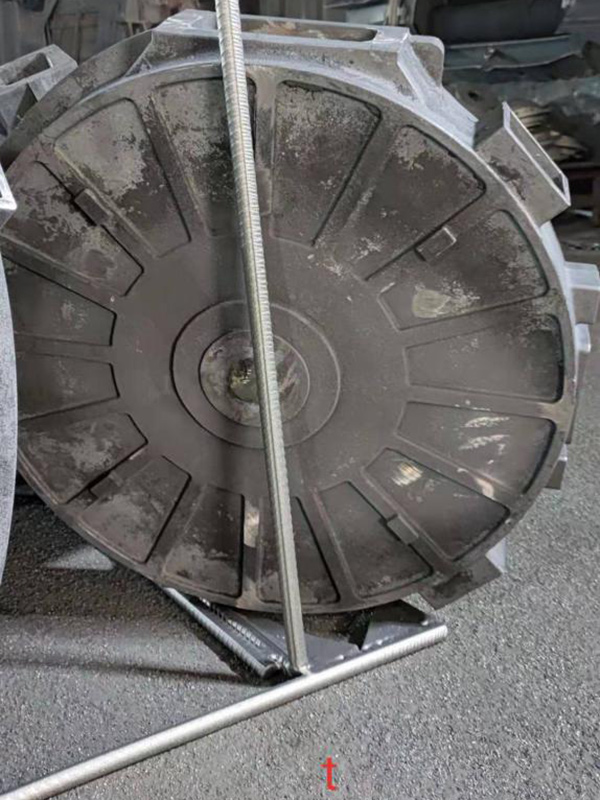The Future of Sand 3D Printing Transforming Construction and Design
In recent years, the construction and design industries have witnessed a remarkable evolution with the emergence of 3D printing technologies. Among these innovative methods, sand 3D printing has gained significant attention due to its unique properties and applications. This groundbreaking technique not only revolutionizes the way structures are built but also addresses many sustainability challenges that the industry faces today.
.
One of the most exciting aspects of sand 3D printing is its potential for sustainability. The construction industry is responsible for a significant amount of waste and carbon emissions. Traditional building methods often require large quantities of materials, many of which are non-renewable. In contrast, sand 3D printing can utilize locally sourced sand, minimizing transportation costs and emissions. Additionally, this technique often produces less waste, as excess materials can be reused in subsequent print jobs. This closed-loop system not only reduces environmental impact but also lowers operational costs for businesses.
sand 3d

Moreover, sand 3D printing can significantly speed up the construction process. Traditional casting and molding methods can take weeks or even months to complete. However, with 3D printing, the same structures can be produced in a matter of hours or days. This accelerated timeline enables quicker project turnarounds, which is especially beneficial in industries where time is of the essence, such as infrastructure development or emergency response scenarios.
Applications of sand 3D printing are already making waves in various sectors. In the aerospace industry, for instance, complex components that require precise specifications can be built using sand 3D printing, allowing for lighter and stronger parts that improve overall efficiency. In architecture, customizable designs can be rapidly prototyped, leading to more innovative buildings and structures that cater to the unique needs of their environments.
Despite its numerous advantages, there are challenges to be addressed in the widespread adoption of sand 3D printing. The technology is still relatively nascent, and as with any new innovation, there are questions regarding scalability, material quality, and regulatory standards. Continued research and investment are essential to refine the processes and address these concerns, paving the way for a more mainstream application in the construction industry.
In conclusion, sand 3D printing represents a significant leap forward in construction and design. With its ability to create complex shapes, reduce waste, and expedite the building process, it offers a more sustainable and efficient alternative to traditional methods. As the technology continues to advance and overcome existing challenges, it holds the promise of transforming our built environment, making it not only more innovative but also more environmentally friendly. The future of sand 3D printing is bright, and its potential impact on the industry cannot be overstated, heralding a new era of creativity and sustainability in construction.
Post time:Ott . 13, 2024 08:32
Next:Analyzing the Composition of Foundry Sand for Optimal Casting Performance
